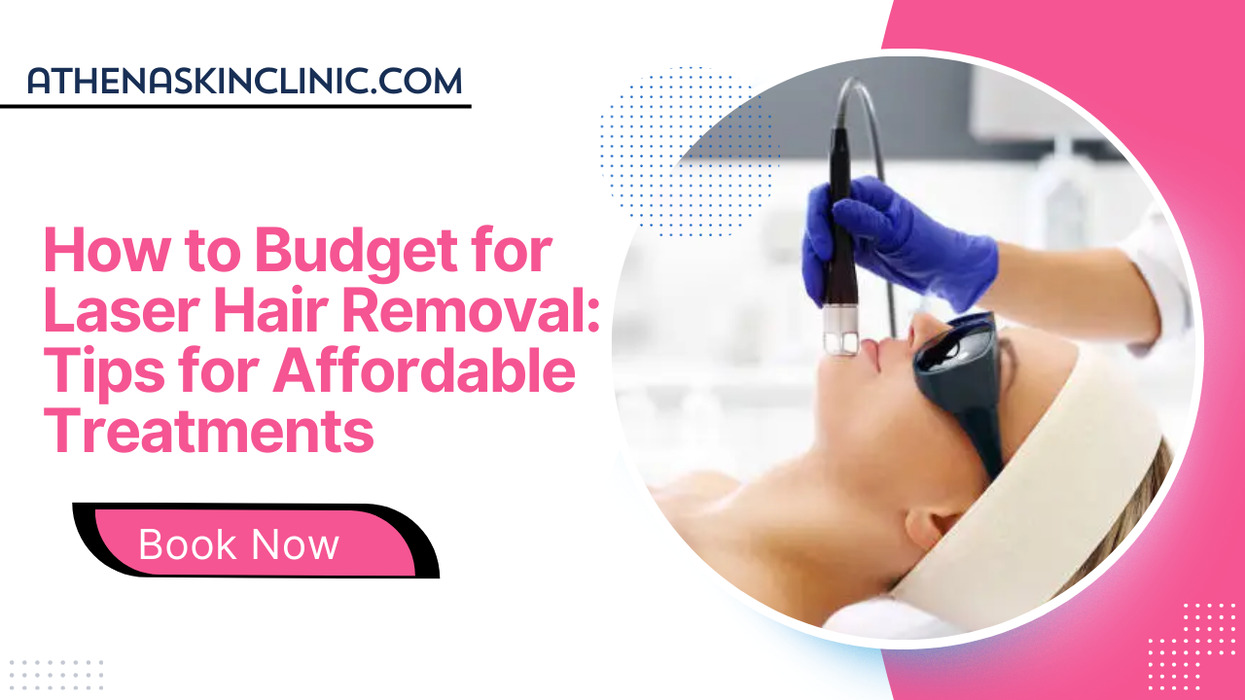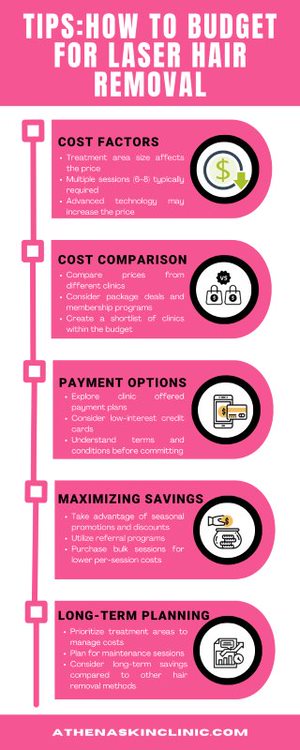Laser hair removal has come a long way since its introduction in the 1990s.
Advances in technology have made treatments faster, safer, and more effective for a wider range of skin tones and hair types.
Whether you’re considering laser hair removal for the first time or looking to upgrade your experience, staying informed about the latest innovations is key to achieving the best results.
How Laser Hair Removal Works
Laser hair removal uses focused light energy to target the pigment (melanin) in hair follicles. The light converts to heat, damaging the follicle and inhibiting future hair growth.
While traditional laser systems were effective primarily on individuals with light skin and dark hair, advancements in technology have broadened the treatment’s accessibility and efficacy.
Recent Advancements in Laser Hair Removal Technology
1. Improved Laser Types
Modern laser systems are designed to treat a variety of skin tones and hair types more effectively:
- Diode Lasers: Known for their precision and versatility, diode lasers work well on both light and dark skin tones.
- Nd: YAG Lasers: These lasers have a longer wavelength, making them safer and more effective for darker skin tones.
- Alexandrite Lasers: Ideal for treating larger areas quickly, Alexandrite lasers are especially effective on lighter skin tones.
2. Dual-Wavelength Technology
- What It Is: Systems like the GentleMax Pro combine multiple wavelengths (Alexandrite and Nd:YAG) in one device.
- Benefits: This technology allows for customized treatments tailored to the patient’s skin tone and hair type, maximizing results and minimizing risks.
3. Pulse Duration Adjustments
- What It Is: Modern lasers can adjust the duration of light pulses to match individual hair thickness and density.
- Benefits: This precision reduces the risk of skin damage and increases the effectiveness of treatments, especially for areas with finer or coarser hair.
4. Advanced Cooling Systems
- What It Is: Cooling mechanisms, such as cryogen sprays, contact cooling, and air-cooling systems, are integrated into modern devices.
- Benefits: These features enhance patient comfort by reducing pain and protecting the skin from overheating during treatment.
5. Faster Treatment Times
- What It Is: Upgraded laser systems with larger spot sizes can treat bigger areas, such as the back or legs, in significantly less time.
- Benefits: Faster treatments mean less downtime for patients, making laser hair removal more convenient.
6. Improved Safety for All Skin Types
- What It Is: Innovations in laser technology now accommodate a broader range of Fitzpatrick skin types (I-VI).
- Benefits: Individuals with darker skin tones, who were previously at higher risk for burns or pigmentation changes, can now undergo laser hair removal with greater confidence.
7. Pain-Free Treatment Options
- What It Is: Devices like the Soprano ICE feature SHR (Super Hair Removal) technology, which uses a gradual heating method to target hair follicles.
- Benefits: These systems provide a virtually pain-free experience, making laser hair removal more accessible for those with low pain tolerance.
8. Home Laser Hair Removal Devices
- What It Is: Compact, FDA-approved devices for at-home use are now available.
- Benefits: While not as powerful as professional systems, these devices offer a convenient option for touch-ups between professional treatments.
9. AI-Driven Laser Systems
- What It Is: Artificial intelligence is being integrated into some laser hair removal devices to optimize treatment parameters in real time.
- Benefits: AI ensures that treatments are customized for each patient’s unique skin and hair characteristics, improving safety and outcomes.
10. Combination Treatments
- What It Is: Some clinics now offer combination treatments that pair laser hair removal with other technologies, such as radiofrequency or IPL (intense pulsed light).
- Benefits: These treatments can enhance hair removal results while simultaneously addressing skin concerns like pigmentation or laxity.
What These Advancements Mean for You
a. Enhanced Effectiveness
With lasers now better able to target a variety of hair and skin types, patients can expect more consistent and long-lasting results.
b. Greater Accessibility
Individuals who were previously unsuitable candidates, such as those with light hair or dark skin, now have options thanks to advances in laser technology.
c. Increased Comfort
Modern systems with built-in cooling and pain-reduction features make laser hair removal more tolerable, encouraging more people to pursue treatment.
d. Time Efficiency
Faster systems allow for shorter sessions, making laser hair removal a practical option for even the busiest schedules.
e. Safer Procedures
Improved precision and safety features reduce the risk of side effects like burns or pigmentation changes, making the treatment more reliable.
Tips for Choosing the Right Technology
- Seek treatment from a certified dermatologist or technician who uses the latest laser technology suited to your skin tone and hair type.
- Inquire about the specific laser system being used and its suitability for your needs.
- Choose a clinic that offers advanced cooling systems and pre-treatment assessments to minimize risks.
- Adhering to aftercare instructions, like avoiding sun exposure, will help maximize the benefits of the latest laser technologies.
Conclusion
Advancements in laser hair removal technology have revolutionized the field, making it safer, faster, and more effective than ever before.
Whether you’re looking for pain-free treatments, faster sessions, or options tailored to your unique skin and hair characteristics, the latest innovations ensure there’s a solution for everyone.
By consulting a knowledgeable provider and selecting the right technology, you can achieve smooth, hair-free skin with confidence.



